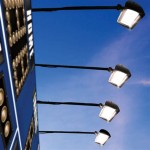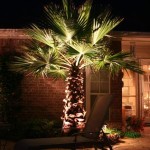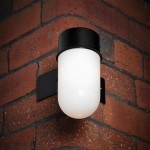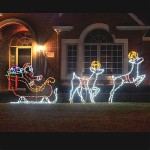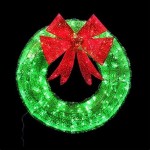How to Use Reflectors for Outdoor Photography
Reflectors are an essential tool for outdoor photography, as they can help control the light and improve the quality of your images. Reflectors are available in a variety of shapes, sizes, and materials, so it is important to choose the right reflectors for your needs. In this article, we will provide you with a basic overview of how to use reflectors for outdoor photography.
Types of Reflectors
There are three main types of reflectors: white, silver, and gold. White reflectors produce a soft, natural light that is ideal for filling in shadows. Silver reflectors produce a brighter, more contrasty light that is ideal for creating a more dramatic look. Gold reflectors produce a warm, golden light that is ideal for adding warmth to a portrait or scene.
In addition to the three basic types of reflectors, there are also a variety of other reflectors available, such as diffusion panels, scrims, and flags. Diffusion panels can be used to soften the light from a harsh light source, while scrims can be used to reduce the amount of light that reaches a subject. Flags can be used to block light from hitting a subject from certain angles.
Choosing the Right Reflector
When choosing a reflector, you should consider the following factors:
- The size of the reflector
- The shape of the reflector
- The material of the reflector
- The light source
- The subject
The size of the reflector should be appropriate for the size of your subject. A small reflector will be sufficient for a small subject, while a large reflector will be necessary for a larger subject. The shape of the reflector should be appropriate for the shape of your subject. A rectangular reflector will be ideal for a long, narrow subject, while a round reflector will be ideal for a round or square subject.
The material of the reflector should be appropriate for the light source. A white reflector will produce a soft, natural light, while a silver reflector will produce a brighter, more contrasty light. A gold reflector will produce a warm, golden light.
The light source should be considered when choosing a reflector. If the light source is strong, you will need to use a reflector that can stand up to the heat. If the light source is weak, you will need to use a reflector that can reflect more light.
The subject should also be considered when choosing a reflector. If the subject is close to the camera, you will need to use a reflector that is small and easy to handle. If the subject is far away from the camera, you will need to use a reflector that is large and powerful.
Using Reflectors
Reflectors can be used in a variety of ways to improve the quality of your outdoor photography. Here are a few tips for using reflectors:
- Place the reflector close to the subject to fill in shadows.
- Use a reflector to create a catchlight in the subject's eyes.
- Use a reflector to add warmth to a portrait or scene.
- Use a reflector to block light from hitting the subject from certain angles.
Experiment with different reflector positions to find the best way to improve the light on your subject. Reflectors can be a powerful tool for outdoor photography, so don't be afraid to experiment with them.

Reflector Photography How To Use A For Stunning Portraits

Reflector Photography How To Use A For Stunning Portraits

How To Use A Photography Reflector Enhance Your Photos 2024 Update

How To Use A Reflector Get Gorgeous Skin Tones

How To Use A Reflector On Cloudy Day

How To Use A Reflector For Portraits

How To Shoot Photos Outside Light Reflector

How To Use Reflectors In Photography 12 Tips

Don T Up Here S The Correct Way To Use A Reflector For Better Outdoor Portraits Shutterbug

Reflector Photography How To Use A For Stunning Portraits
